Audio Editing Essentials: Enhancing Sound Quality in Your Videos

- Guide to Audio Editing
- How to Edit Audio: Things Should Know
- How do you Edit audio?
- Sound effects and music choice
- Arrangement and Sync
- Editing Features
- Using Effects
- How Can I edit an audio file: Encoding options
The soundtrack is a crucial part of the content that significantly impacts the overall perception of your video. We consume information from the screen in two channels: audio and video, hence it is important to maintain the consistency on both parts. In this guide, we explain the interplay between audio and video and explore how to edit sound to make your content fluent and engaging.
Guide to Audio Editing
As a standalone, audio editing means sound correction of audio files be it music or sound effects to fill in composition of the content. The means also could be for the sake of quality improvement with bitrate increases and sound tuning to achieve sound effects on top of the track. However, we talk about audio editing in terms of video quality improvement, which means that we are going to adapt our soundtrack considering the video regards. This involves:
- Timeline rearrangements for audio and video
- Fixing imperfections
- Adding sound effects from an editor
- Making your sound effects from the original track
- Encoding audio into the right format
- Knowing audio editors
How to Edit Audio: Things Should Know
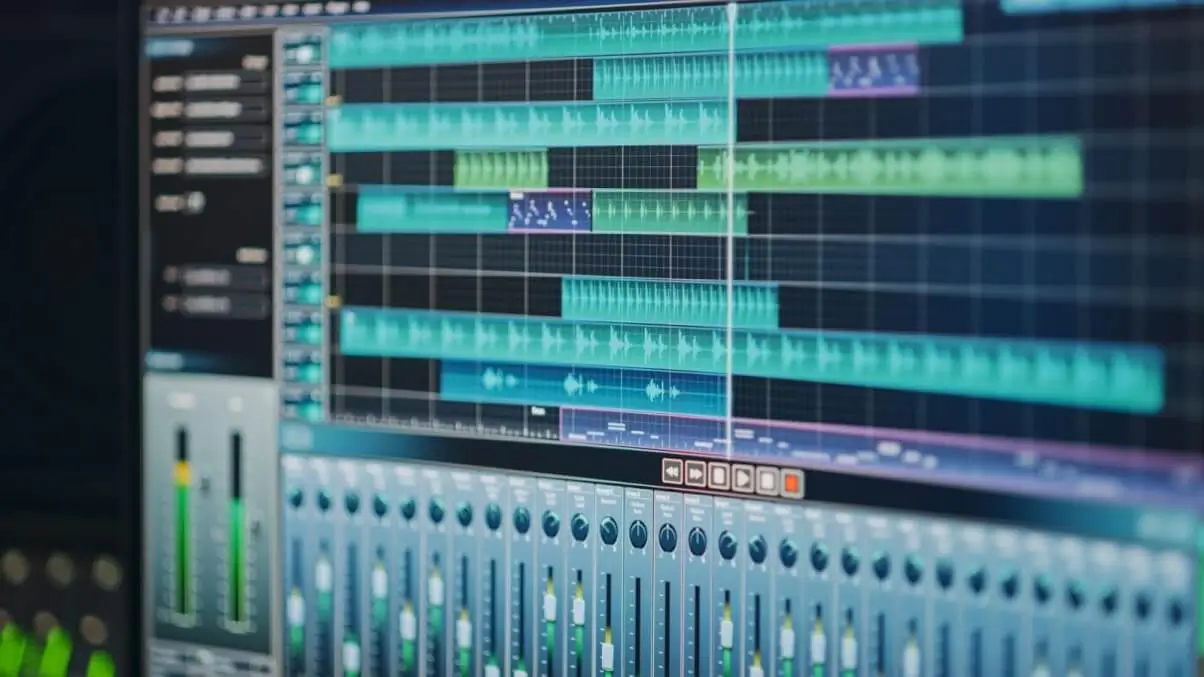
If you are not going to become a dedicated sound designer, you may not need software such as Adobe Audition, Audacity, Power Sound Editor, and the alternatives. Most video editors provide enough tools for sound management on top of video editing and most of the editing involves the mentioned earlier timeline rearrangement plus adding some effects. However, knowing these programs you will be able to do much more with your soundtrack.
Adobe Audition:
- Features: Adobe Audition offers a comprehensive suite of tools for audio editing, mixing, restoration, and mastering. It includes multitrack editing, spectral frequency display, noise reduction, and audio effects.
- Use Cases: Ideal for professional audio production, podcast editing, music composition, and sound design for videos. Its seamless integration with other Adobe Creative Cloud apps like Premiere Pro makes it a popular choice for video editors.
- Differences: Adobe Audition is known for its professional-grade features and seamless integration with other Adobe Creative Cloud applications. It provides advanced tools for complex audio projects and is favored by professionals for its versatility and reliability.
Audacity:
- Features: Audacity is an open-source, cross-platform audio editor with a wide range of editing and recording capabilities. It offers basic editing functions, effects processing, and support for various audio formats.
- Use Cases: Popular among beginners and hobbyists due to its simplicity and accessibility. It's suitable for basic audio editing tasks such as trimming, cutting, and simple effects processing. It's also commonly used for podcast editing and audio cleanup.
- Differences: Audacity is free and open-source, making it a budget-friendly option for users who need basic audio editing capabilities without the cost. While it may not have as many advanced features as Adobe Audition, it's still a powerful tool for many audio editing needs.
Power Sound Editor:
- Features: Power Sound Editor is a user-friendly audio editing software with a range of editing tools and effects. It offers basic editing functions, audio recording, noise reduction, and audio enhancement tools.
- Use Cases: Suitable for beginners and intermediate users who need a straightforward audio editing solution for tasks such as editing audio for videos, creating sound effects, or recording voiceovers.
- Differences: Power Sound Editor provides a balance between simplicity and functionality, making it suitable for users who want more features than basic editors like Audacity but don't need the complexity of professional-grade software like Adobe Audition. It's often chosen for its ease of use and affordability.
How do you Edit audio?
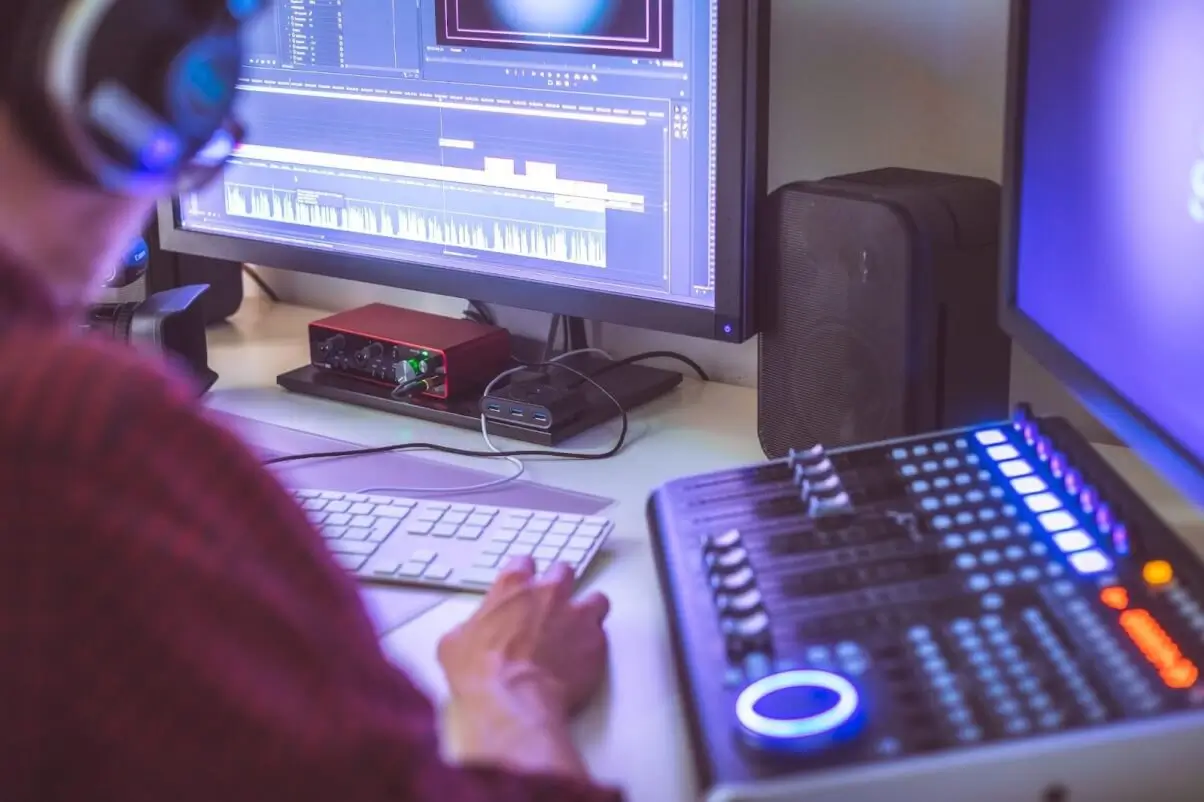
Most of what we are going to discuss here are the basics that you can implement into any software where you do editing. The 1st thing you want to do is to import your audio files into the editing software of your choice. Usually, this is achieved by simply drag-and-dropping the file from Explorer to the software’s timeline. Or you can do it from File-Import and browse for the file you want to edit.
Sound effects and music choice
As we want to improve our video, we need to find music that fits our video vibe. In this regard, adding some classic music to a dynamic video will look stupid. The sound effects usually come in packages and include different sounds named as swooshes, cracks, transitions, and anything else that they may represent so you can have an easy time navigating. Get a library of effects to have more options to choose from and fill your project with appealing sound effects.
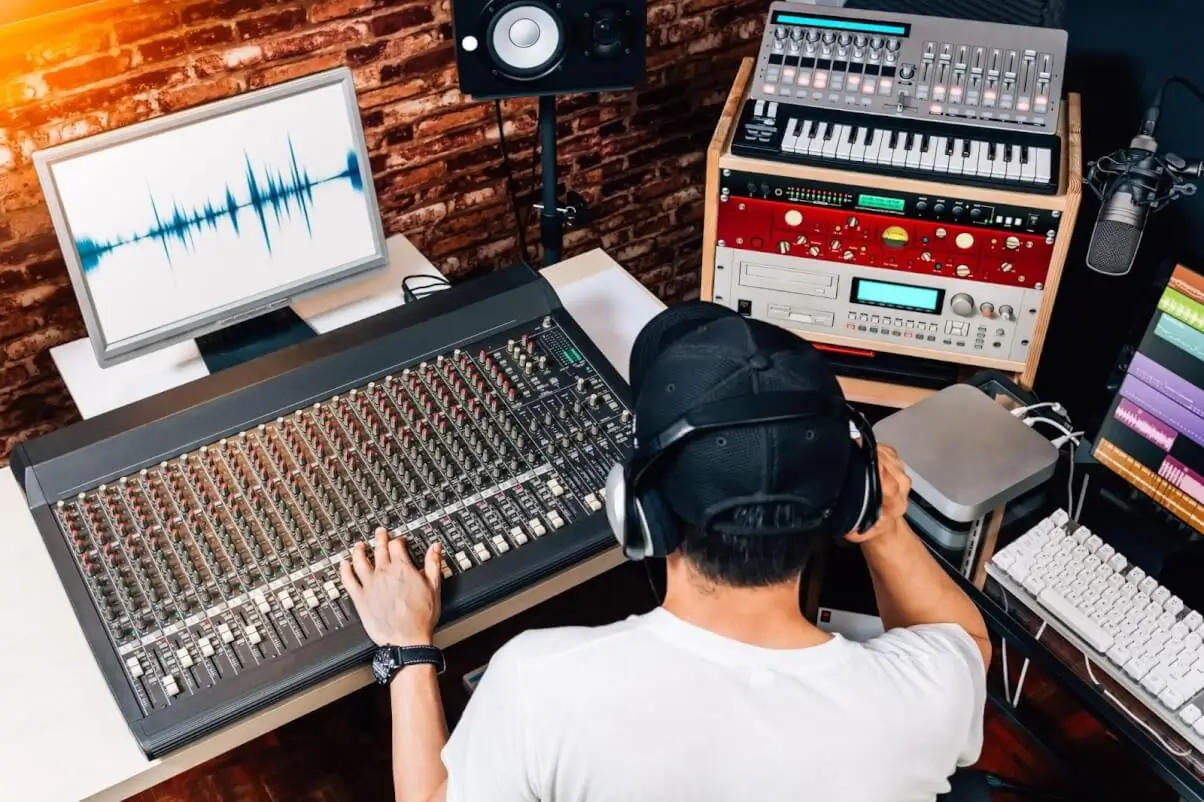
Arrangement and Sync
Getting everything in sync is probably the general routine of sound editing. Even though you get a fitting soundtrack, the dynamic of your video may just not resonate with the music. In this regard, you need to use the splitting tool for the video and rearrange the pieces on top of your soundtrack making sure they match in dynamics. You may think doing so with the soundtrack, splitting it, but you can not edit the music in this way, as it is a ready composition. If you want to manage sounds in this way, you can use special sound effects to highlight music parts or add standalone sound effects to hide or to emphasize the parts of your video considering how the music fits both the video and sound FX.
Editing Features
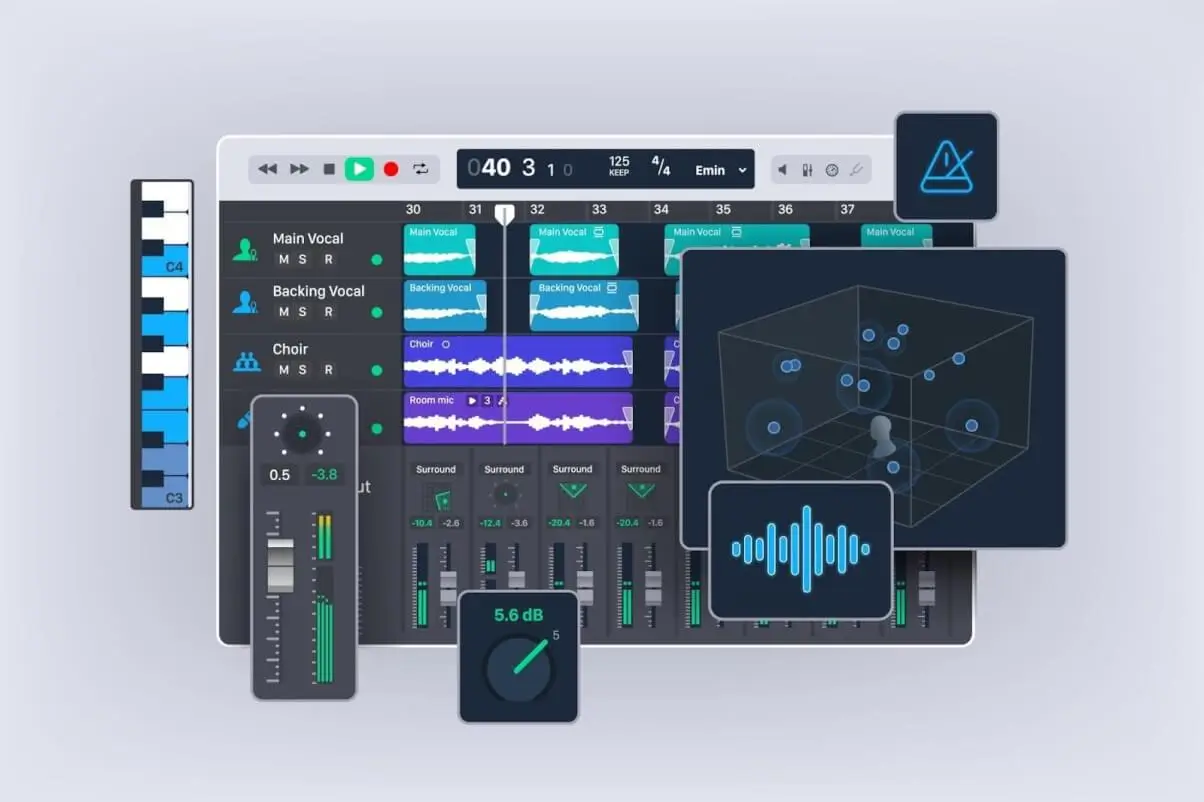
Basic sound editing tools involve:
- Fading - changing volume dynamics over time (Beginning or Ending).
- Crossfading - making a transition from one sound to another in their correction.
- Cuts and Splits to manipulate pieces of the soundtrack or the sound effects.
- Built-in sound effects for tuning.
- Equalizer to adjust tones, peaks, voiceover, and so on.
Using Effects
Effects allow for many things. The most common use for the effects is to make transitions or highlight the content part for hype. If you have a library of sound effects you may get sounds of breaking glass, explosions, and wooshes for transitions. You can look up specific sounds that you think fit the best to your video if you can’t find them in the package. You can use sound effects to fill gaps on your main soundtrack as well if you manage to split the music into parts for some reason. In this regard, sound effects may serve as filler tools as well as additive tools on top of the main soundtrack resonating with the video.
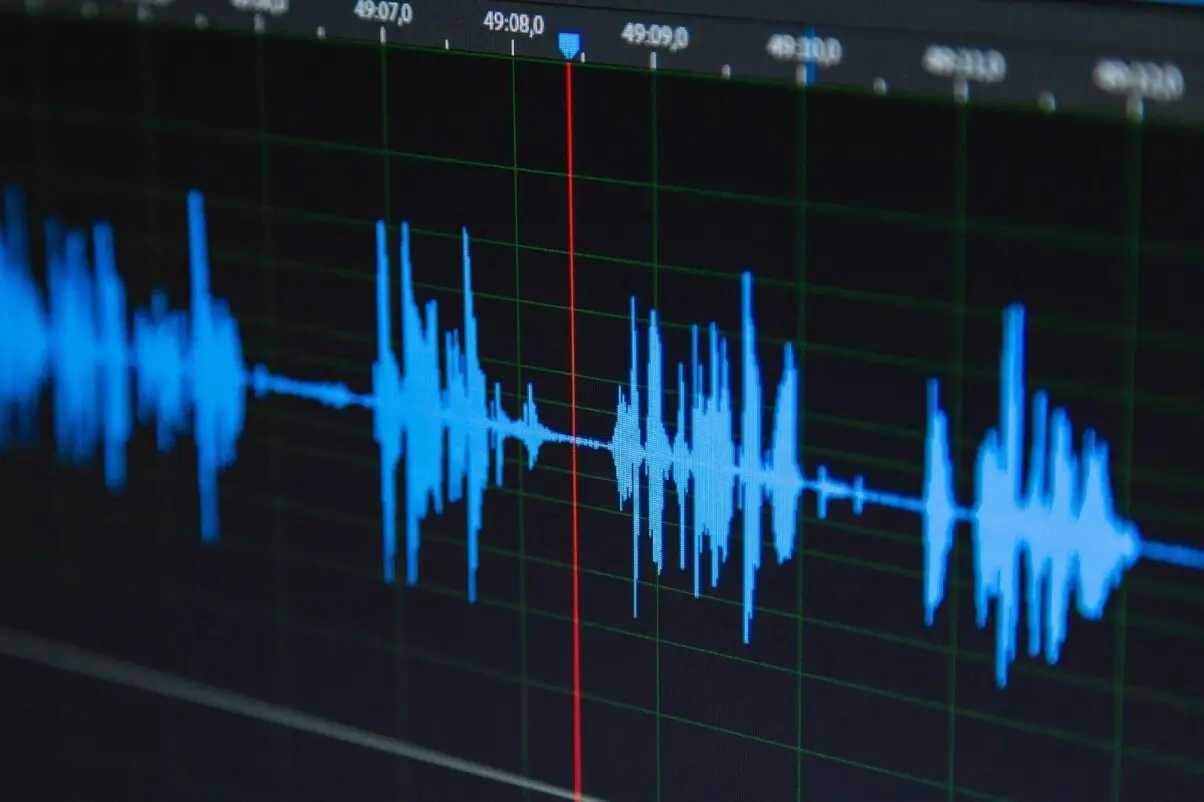
How Can I edit an audio file: Encoding options
There are plenty of output formats: WAV, MP3, AAC, you name it. While WAV is pretty outdated, and the MP3 is not the best bet for videos, AAC features the best with MP4 video format, so we strongly recommend using this encoder for flawless results in terms of quality and combination with the MP4 video output.

Author
Editor with 15 years of experience and enthusiasm about the digital video industry. Managed video editing processes for projects with billions of views and created flagship video products from idea to successful launch. He reads over 40 books a year and travels extensively.





































































